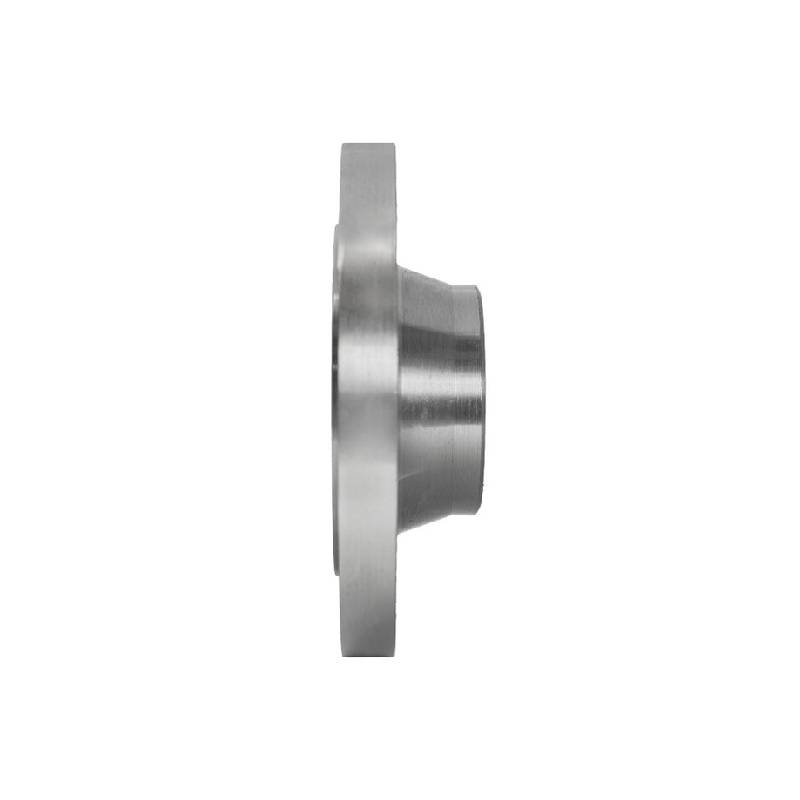-
Cangzhou Yulong Steel Co., Ltd.
-
Phone:
+86 13303177267 -
Email:
admin@ylsteelfittings.com
- English
- Arabic
- Italian
- Spanish
- Portuguese
- German
- kazakh
- Persian
- Greek
- French
- Russian
- Polish
- Thai
- Indonesian
- Vietnamese
- Zulu
- Korean
- Uzbek
- Hindi
- Serbian
- Malay
- Ukrainian
- Gujarati
- Haitian Creole
- hausa
- hawaiian
- Hebrew
- Miao
- Hungarian
- Icelandic
- igbo
- irish
- Japanese
- Javanese
- Kannada
- Khmer
- Rwandese
- Afrikaans
- Albanian
- Amharic
- Armenian
- Azerbaijani
- Basque
- Belarusian
- Bengali
- Bosnian
- Bulgarian
- Catalan
- Cebuano
- China
- China (Taiwan)
- Corsican
- Croatian
- Czech
- Danish
- Esperanto
- Estonian
- Finnish
- Frisian
- Galician
- Georgian
- Kurdish
- Kyrgyz
- Lao
- Latin
- Latvian
- Lithuanian
- Luxembourgish
- Macedonian
- Malgashi
- Malayalam
- Maltese
- Maori
- Marathi
- Mongolian
- Myanmar
- Nepali
- Norwegian
- Norwegian
- Occitan
- Pashto
- Dutch
- Punjabi
- Romanian
- Samoan
- Scottish Gaelic
- Sesotho
- Shona
- Sindhi
- Sinhala
- Slovak
- Slovenian
- Somali
- Sundanese
- Swahili
- Swedish
- Tagalog
- Tajik
- Tamil
- Tatar
- Telugu
- Turkish
- Turkmen
- Urdu
- Uighur
- Welsh
- Bantu
- Yiddish
- Yoruba

Nov . 09, 2024 14:12 Back to list
Guidelines for Steel Pipe Quality Control and Testing Standards in Oil and Gas Industry
ASTM A106B A Comprehensive Overview of Standard Specifications for Seamless Carbon Steel Pipe
When it comes to the manufacturing of seamless carbon steel pipes, ASTM A106B is one of the most widely recognized standards in the industry. This specification provides guidelines for the design, manufacturing, and quality assurance of seamless carbon steel pipes intended for high-temperature service, making it essential for various sectors, including oil and gas, power generation, and chemical processing.
Understanding ASTM A106B
ASTM A106B is part of the ASTM A106 standard, which outlines the requirements for seamless carbon steel pipes used in high-temperature applications. Primarily, it covers pipe that is primarily used for the transportation of fluids and gases in high-temperature environments. The materials specified under this standard are suitable for bending, flanging, and similar forming operations.
The standard defines three grades of carbon steel pipe A106 Grade A, A106 Grade B, and A106 Grade C. Among these, ASTM A106B is the most commonly used due to its increased tensile strength and ability to withstand elevated temperatures. This grade contains a higher carbon content, which enhances its mechanical properties, making it ideal for high-pressure and high-temperature applications.
Chemical Composition and Mechanical Properties
The chemical composition of ASTM A106B typically includes carbon, manganese, phosphorus, sulfur, and silicon. The specifications require a minimum yield strength of 240 MPa (35,000 psi) and a minimum tensile strength of 400-550 MPa (58,000-80,000 psi). The carbon content usually ranges from 0.18% to 0.25%, while manganese can be as high as 1.06%. These elements contribute to the overall durability and strength of the pipe, ensuring it can withstand harsh operational environments.
In addition to mechanical properties, the standard also requires specific heat treatment processes to enhance the pipe's characteristics, such as normalizing or quenching and tempering. These processes ensure that the pipe can maintain its integrity under high thermal stress and corrosion, which are common in industrial applications.
Manufacturing Process
astm 106b

The manufacturing of ASTM A106B pipes involves several steps, starting with the selection of high-quality raw materials. The steel is typically produced through the electric arc furnace or basic oxygen process methods. Once the steel is melted and poured into molds, it undergoes a forming process, where it is extruded or pierced to create a hollow pipe.
Subsequent processes include heat treatment, which is critical for achieving the desired mechanical properties, followed by finishing processes such as cutting, threading, and inspection. All pipes must pass stringent quality control tests, including hydrostatic tests and non-destructive testing, to ensure they meet the required specifications before they are shipped for use.
Applications of ASTM A106B
ASTM A106B pipes find extensive applications across various industries due to their ability to perform well under high-temperature conditions. Key applications include
1. Oil and Gas Industry These pipes are extensively used in pipelines transporting crude oil, natural gas, and refined products, where high strength and resistance to thermal stress are critical.
2. Chemical Processing The pipes are suitable for transporting chemicals and liquids, especially in processes involving heat, making them vital for refineries and petrochemical plants.
3. Power Generation In power plants, ASTM A106B pipes are used in boiler systems, where they are subjected to high pressures and temperatures, ensuring the safe and efficient production of energy.
Conclusion
In summary, ASTM A106B plays a pivotal role in the realm of structural and pipeline engineering. Its specifications ensure that seamless carbon steel pipes can withstand the challenges of high-temperature and high-pressure environments, which are prevalent in numerous industrial applications. Understanding its specifications, chemical composition, manufacturing processes, and applications is vital for engineers and industry professionals alike, as it assures the reliability and safety of operations in critical sectors. Adhering to this standard is not just about compliance; it is about ensuring longevity and performance in the harshest of conditions, making ASTM A106B a benchmark for quality in the carbon steel pipe industry.
Latest news
-
ANSI 150P SS304 SO FLANGE
NewsFeb.14,2025
-
ASTM A333GR6 STEEL PIPE
NewsJan.20,2025
-
ANSI B16.5 WELDING NECK FLANGE
NewsJan.15,2026
-
ANSI B16.5 SLIP-ON FLANGE
NewsApr.19,2024
-
SABS 1123 FLANGE
NewsJan.15,2025
-
DIN86044 PLATE FLANGE
NewsApr.19,2024
-
DIN2527 BLIND FLANGE
NewsApr.12,2024
-
JIS B2311 Butt-Welding Fittings LR/SR 45°/90° /180°Seamless/Weld
NewsApr.23,2024











